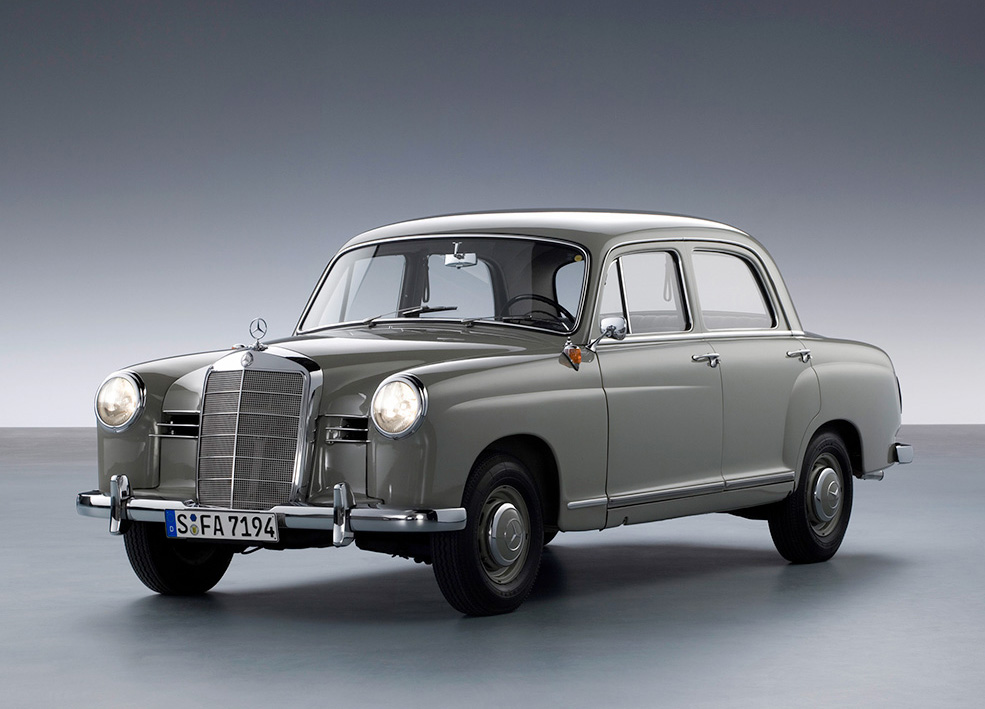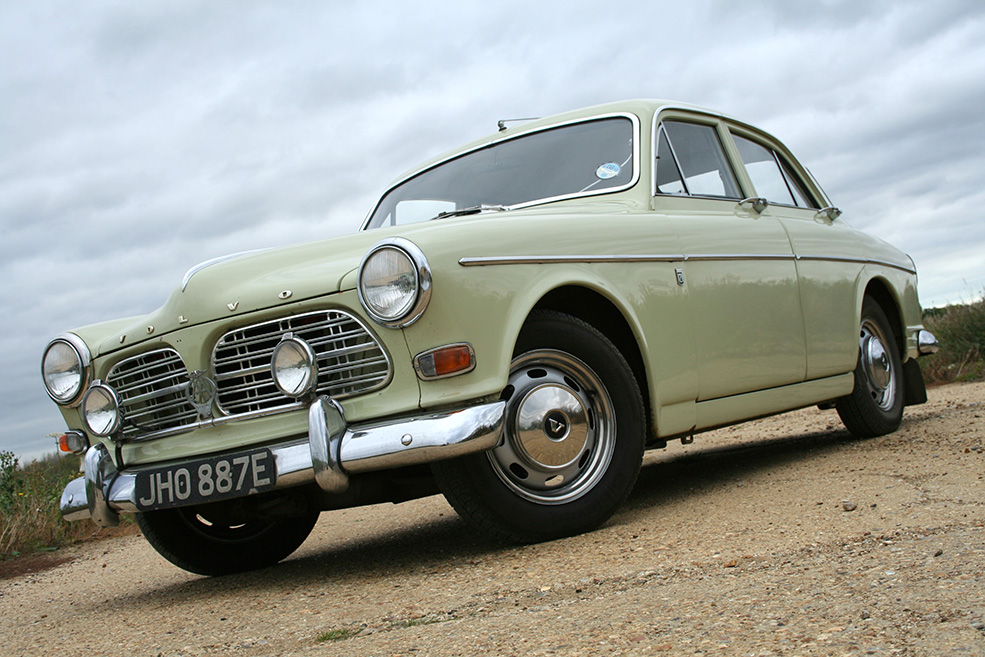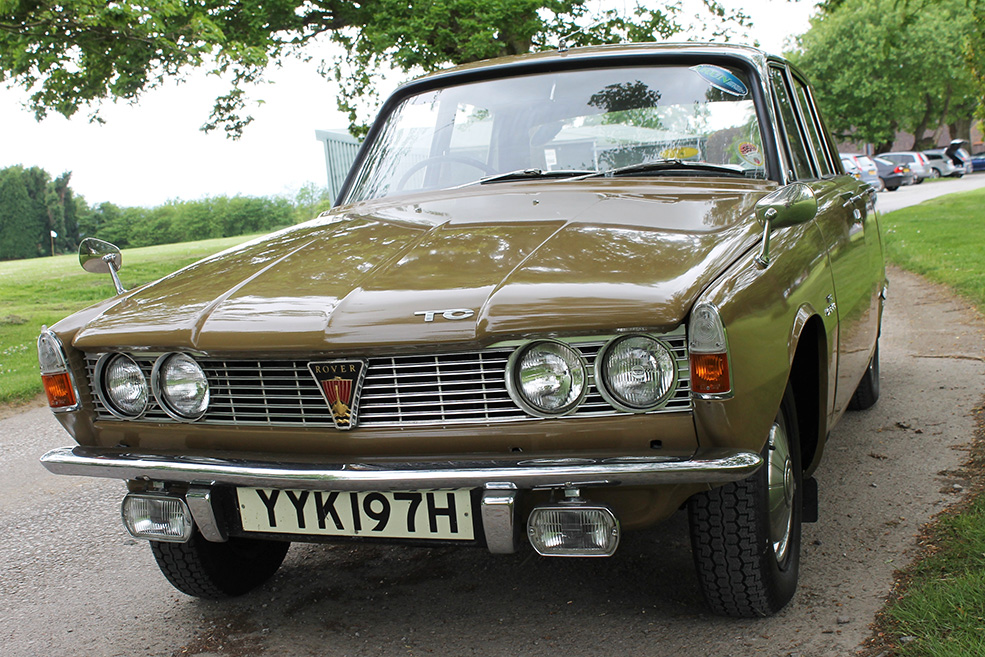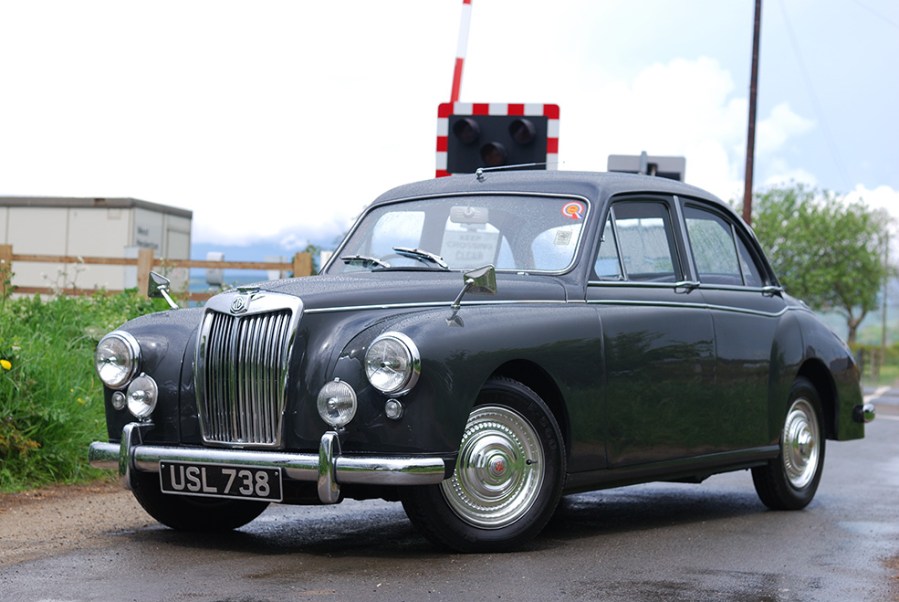Our quartet of saloons are rising in value. You may not get an astronomical return, but these four will certainly give your money back after a season of stylish family motoring – particularly if there’s a Viking longship on the grille!
Between the Fifties and the Sixties, a new breed of car buyer emerged – one with a family who needed to make a good impression in the boardroom. This week’s four cars were chosen to reflect the changing tastes of buyers; not only did a family car have to look prestigious, it also had to perform well down a B road, have a well finished interior and also take the breadwinner to work throughout the week. With the coming of the large family repmobile still a decade away, these cars formed the beginnings of the small executive saloon market, the Rover P6 acting as catalyst for a class of car still coveted by manufacturers today.
The MG ZA/ZB Magnette was such a car, able to acquit itself well on the motorway or on holiday with the family. With gracious lines by Gerald Palmer, it was MG’s first monocoque saloon; within the remit of the British Motor Corporation (BMC), it also shared its platform with Wolseley’s 4/44, and later, (in the case of the ZB Magnette) the 15/50. The B-Series engine, in 1.5-litre form, made its first appearance under the ZA’s bonnet. 1956 bought a host of modifications, including a more powerful engine, and better trim level options like the popular-but-expensive Varitone.
Its five-year career was brief, snuffed out by the badge-engineered ‘Farina’ saloon series. Using online price aggregator Patina, which collates asking prices of private sellers, dealers, clubs and auction houses, roadworthy ZA/ZBs look like a worthy investment. Having tracked 256 cars since September 2014, prices have demonstrated a 34.6 per cent year-on-year increase, with £10,550 being bang on the money for an average example.

Least sporting of our four, but easily the most prestigious, was Mercedes-Benz’s 180. Slow, solid and reliable, the W120 1.8-litre (180) and W121 1.9-litre (190) four cylinder ‘Pontons’ accounted for much of Mercedes’s bread-and-butter output in the Fifties and early Sixties. Used in Germany as taxis, they served as expensive luxury saloons in the UK; even then, the lure of the three-pointed star was a powerful draw.
Having languished in the classic Mercedes doldrums for years, the ‘Ponton’ has seen a resurgence recently: from a pool of 199 cars surveyed since September 2014, asking prices for 180s and 190s has increased by 66 per cent year on year. £16,900 is average money for a W120 or 121, with truly exceptional restorations stretching the sticker price further than any other saloon in this Market Trends bracket.

Closest to the ZA/ZB Magnette series (in early 1.6-litre form) was the Volvo 120 series ‘Amazon’. Similar in weight, size and performance to the later ZBs, Amazons first came to the UK in 1958 after two years’ worth of appearances at Earl’s Court. By 1961, the Amazon had moved up market with a larger 1.8-litre unit: price-wise, it sat between a BMC Farina and a Jaguar 240.
Comprising two and four-door saloons, and a well-loved estate, Amazon prices are slowly hardening.
Patina tracked 492 cars since September 2014 in all body styles. Buoyed by the sought-after 123GT and estate derivatives, asking prices for Amazons showed a 27 per cent year-on-year increase. Reckon on paying £8730 for a sound 123GT or decent estate; 121s and 122Ss can be had for less.

The newest design of all, the Rover P6 has climbed the most in value out of any of the British saloons discussed here. Offering a template still in use today, the P6 brought a hitherto-unimagined degree of sophistication to the compact executive market, later bolstered with the installation of Rover’s Anglicised Buick V8.
That engine, used in the 3500 and 3500S, really moved the P6 into a more expensive price bracket; nevertheless, for the versatility of classic motoring offered, the model remains undervalued. There are still lots of P6s out there: Patina surveyed the values of 1362 Rovers since September 2014.
Has the P6’s time come? Figures suggest that it might have; vying with the Mercedes-Benz 180 for sticker price honours, the series has demonstrated a 64 per cent year-on-year increase in value. Budget on £6000 for a good P6 to take you into next season – and don’t expect average prices to stay this low forever!








